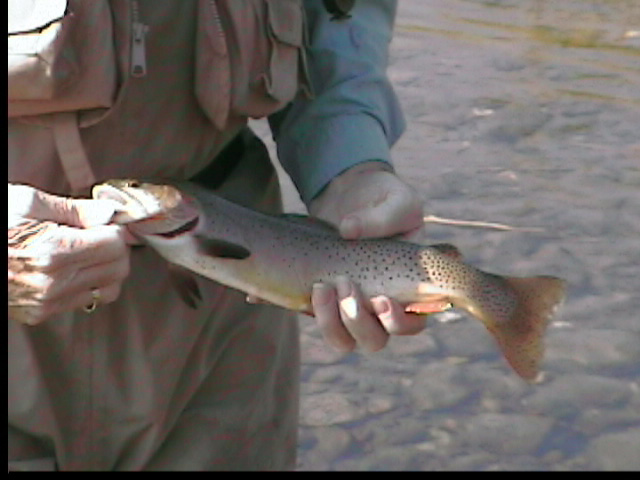
The only native trout in
Yellowstone National Park
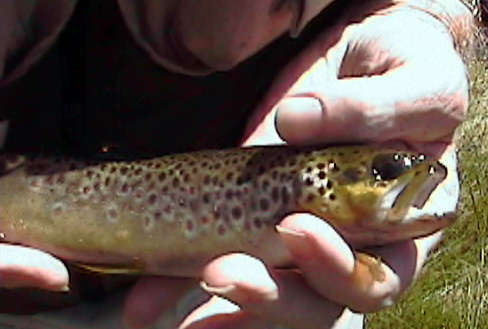
Born in a Yellowstone stream
from ancestors that were at
one time stocked.
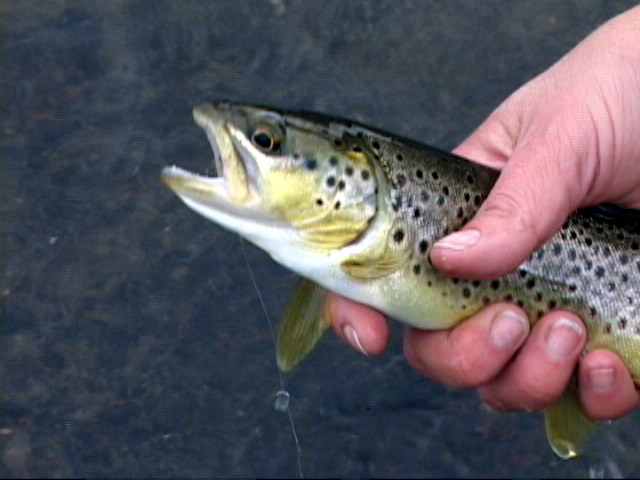
Native Trout:
The cutthroat trout is the real jewel of Yellowstone National Park. Of the four species of trout, the cutthroat trout is the only native trout. Their are 3 subspecies of cutthroat trout in the park. The brook trout is technically not a trout. It is a member of the char family of fish but it is called a trout and considered a trout by fly anglers. It was stocked at one time in some of the park’s streams. The rainbow was also at one time stocked in the park. The brown trout were stocked in the park as well as some streams that flow from the park. These brown trout made their way into the park where they are now plentiful. The arctic grayling and mountain whitefish are other native species in the park that you may catch on the fly.
Stocked Trout:
We should point out to those of you who that may not know there is a huge difference in a stocked trout and a wild trout. Stocked trout are feed in a hatchery prior to being stocked. They are much easier to catch than wild trout that were born in the stream and have spent their entire life capturing food only from what Mother Nature has provided. The stocked trout will usually fall for just about anything that remotely resembles food, especially if it is similar to what they were used to eating at the hatchery. They are much less afraid of danger than wild trout. Wild trout have to survive the treats of predators such as otters, birds and other fish their entire life.
Wild (Stream-Bred) Trout:
Like native trout, wild, stream-bred trout are trout that are born and raised in the stream, not in a hatchery. They are different from native trout in that their ancestors were at one time stocked. After being stocked, they were able to survive and reproduce on their own well enough that stocking was discontinued. It is common to find stream-bred trout in streams and rivers where trout are still stocked, but in the Yellowstone National Park, stocking was discontinued years ago and the streams are managed as wild trout streams.
Copyright 2012 James Marsh
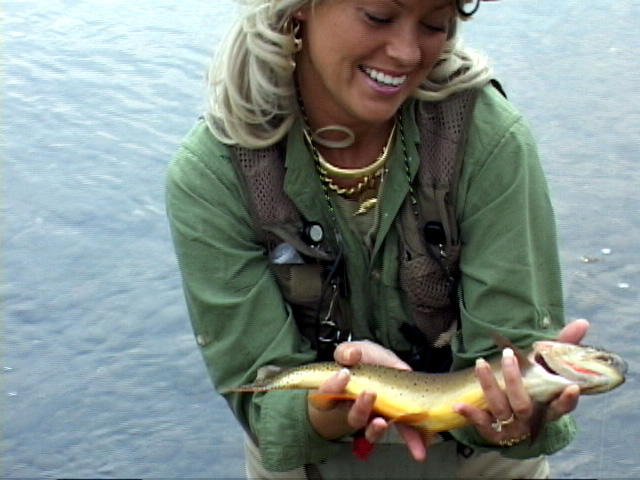
The pride and the symbol of Yellowstone National Park
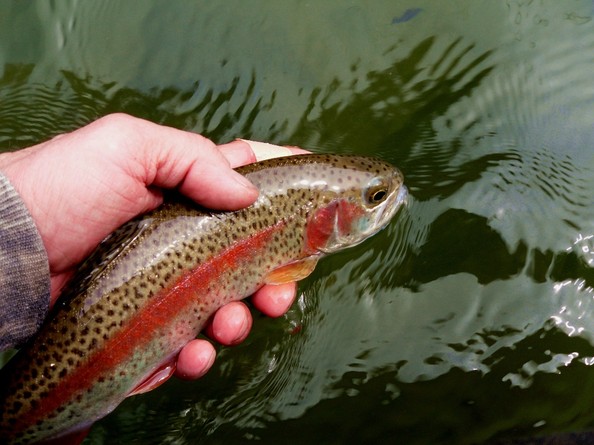
These are plentiful throughout the park in many streams